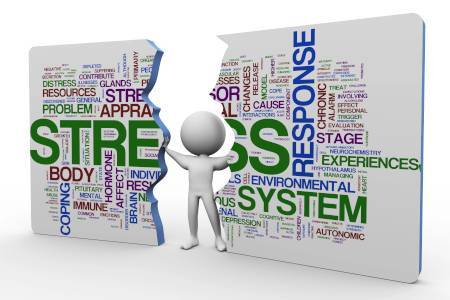Written by Chris Taylor, Communications Director of Bullet Proof Vest Manufacturer, SafeGuard.
There is a large variety of roles within the security industry, but the common thread that runs throughout is that your job is to protect. The job comes with inherent risks so it is imperative that you make sure that you are protected against the different threats that you may encounter. Having the correct body armour is essential. Equipping yourself with suitable armour will ensure that you can perform your role efficiently, comfortably and, most importantly, safely.
While companies may provide protective vests to their staff, it is important to understand that your body armour is a very personal item. The best way to be sure that your body armour will fit properly, provide the right kind of protection, and hasn’t been damaged during previous use is to obtain your own. There is no one-size-fits-all solution to making sure that you are as safe as possible at work. From spontaneous, improvised assaults to pre-planned attempted robberies, the threats facing security personnel are varied and can range from mild to extremely severe. It is vital to perform a risk assessment so that you understand what type of threats you may encounter and can equip yourself with appropriate body armour.
Types of Armour
Body armour is generally made from layers of extremely strong, light and flexible materials. The materials used and the way in which they are treated directly affects what kind of threat the armour protects against. There are three main types of body armour:
Ballistic: commonly made from layered Kevlar, ballistic body armour is designed to catch bullets and disperse the shock of the impact around the vest in order to minimise damage to the wearer.
Edged Blade (Stab): the Kevlar in stab proof vests is tightly woven to nullify slash attacks. A blade may damage the material but the vest will prevent penetration to the skin.
Spike: this body armour is made of strong, heat resistant synthetic material, such as laminated Kevlar. It is designed to counter the penetrative force of pointed objects like syringes or needles.
It is important to determine what type of hazard you are most likely to encounter when choosing suitable body armour. Wearing a bulletproof vest will not necessarily offer you any protection against a stab or spike attack and the same is true in the reverse. It is possible to obtain multi-threat vests that counter a combination of hazards. It is worth bearing in mind that any added protection often results in a decrease in comfort and an increase in weight and price.
In the UK, where gun crime is relatively rare, many security personnel, such as door supervisors or close protection officers, deem stab and spike protection to be sufficient. These will offer protection against knives and syringes, as well as improvised weapons such as broken bottles and sharpened objects. However, every individual must evaluate their own personal circumstances when considering what the best option for them is.
Style
Body armour comes in three different styles: overt, covert, and overt/covert. This refers to whether the armour is worn on top of or beneath clothing.
Overt armour is worn externally and is easily visible. It often offers a high level of protection and can act as a deterrent in volatile situations if a potential aggressor sees that you are well equipped to handle any trouble. These are more commonly employed by the police or military.
Covert armour is usually thin and concealed beneath clothing. It offers you vital protection without alarming people. It is ideal for use in delicate situations where you want to avoid unnecessary attention. Covert vests are designed to be worn comfortably for extended periods of time and are therefore a popular choice amongst door staff or personal body guards.
Overt/Covert armour is a middle ground between the other two options. Thinner than overt, but thicker than most covert armour, overt/covert armour can be worn either underneath or on top of clothes. Without compromising on protection, these are a good choice if you want versatile armour for different situations.
Size
As well as choosing a vest that suits your circumstances, it is also important to ensure that your vest fits your body. Armour that is too big will be cumbersome and may leave exposed areas, while armour that is too small will be restrictive and may not offer total cover.
Many people do not realise that armour should not extend past their navel. A vest that reaches the belly button will protect your vital organs without limiting your movement. When purchasing body armour you should provide the following measurements:
- Your overall standing height
- Your chest size
- · Your sternum length
- · Females should provide their cup size
Body armour should be stored in a dry place and cleaned with a soapy sponge – submerging a vest in water may cause damage.
A job as a security officer has inherent dangers. It is important that you ensure that you are as well protected as possible. By picking the perfect body armour to suit your needs, you are ensuring that you remain as safe as possible while carrying out your duty.










